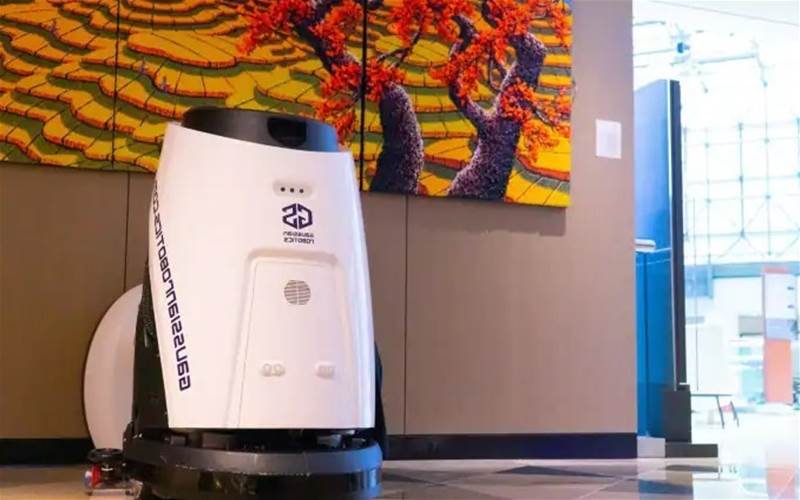Changi General Hospital (CGH) and CapitaLand Investment Limited (CLI) are collaborating with Finnish engineering and services company KONE to testbed the integration of multifunctional robots and building infrastructure, particularly lifts, as part of Singapore’s Smart Nation initiative.
The testbeds are located at Heartbeat@Bedok and the CLI-led Smart Urban Co-Innovation Lab at Singapore Science Park 2.
The testbeds confirm to the new national standard, Technical Reference 93 (TR93), which sets out the guidelines to support harmonised data exchanges between autonomous robots and building infrastructure for effective deployment through horizontal and vertical spaces.
A person familiar with the project said that through efficient communications with lifts and doorways, various robots would travel autonomously and safely through indoor and outdoor spaces and gain access to various storeys in a multi-storey building.
The person added that the crucial developments are led by cross-industry efforts and are a boost to “Singapore’s robotics ecosystem in line with the national Research, Innovation, and Enterprise 2025 (RIE2025) plan, as they help to reduce the time and costs needed to integrate robots with buildings, enhance efficiencies, support the safe deployment of robots within dynamic environments, as well as create new opportunities and jobs.
Founding partners
CGH and CLI, which are two of the founding partners of Vibrant @ East Coast are collaborating with KONE under the East Coast Vibrant Community Footprints.
The development of the world’s first standardised robotics middleware for healthcare (RoMi-H) by CGH’s Centre for Healthcare Assistive and Robotics Technologies (CHART) and other partners has paved the way for multiple robots with different proprietary systems from different technology providers to communicate and sync together through common data exchanges.
The innovative interface enables robots to navigate autonomously in human-rich environments, proactively and independently de-conflict their navigation routes with robots of different makes across narrow common pathways, and execute their individual tasks in a coordinated manner.
This also allows for a universal charging system and fleet management to be developed so that the different robots can be more efficiently managed.
RoMi-H has been successfully test-bedded for deployment at public sector hospitals and at Covid-19 treatment Facilities to augment operations and care.
In addition to guiding robot manufacturers and building owners in deploying multiple robots in smart buildings and accelerating the take-up of robotics technologies in multi-storey buildings, the development of TR93 was driven by CGH’s CHART and local engineering firm HOPE Technik and supported by the National Robotics Programme and Enterprise Singapore.
Innovative use
With the ability to integrate autonomous robots with next-generation lifts and automated doorways, technology providers, system integrators and building owners can explore and easily adopt the innovative use of robotics technologies in buildings.
Leveraging CGH’s technology expertise, and CLI’s global network of partners through its Smart Urban Co-Innovation Lab, the first-of-its-kind testbeds are designed to enable industry players to interface RoMi-H with KONE’s next-generation lifts, which come with cloud connectivity capabilities and open application programming interface (API) that is aligned with TR93.
Heartbeat @ Bedok is one of the testbed sites, where CGH and KONE have successfully integrated robots with a next-generation lift.
The other testbed site at The Galen at Singapore Science Park 2, provides a realistic, accessible and secure operating environment for companies to “plug and play” their own technologies and test the integration with lifts.
This will allow building owners in any sector to interweave the functions of diverse robots into complex operational workflows.
Over 25 local and international industry players have shown interest to be part of the testbed, and more technology players, start-ups, SMEs, as well as adopters including facility management companies, are expected to join and benefit from this initiative in the near future.









